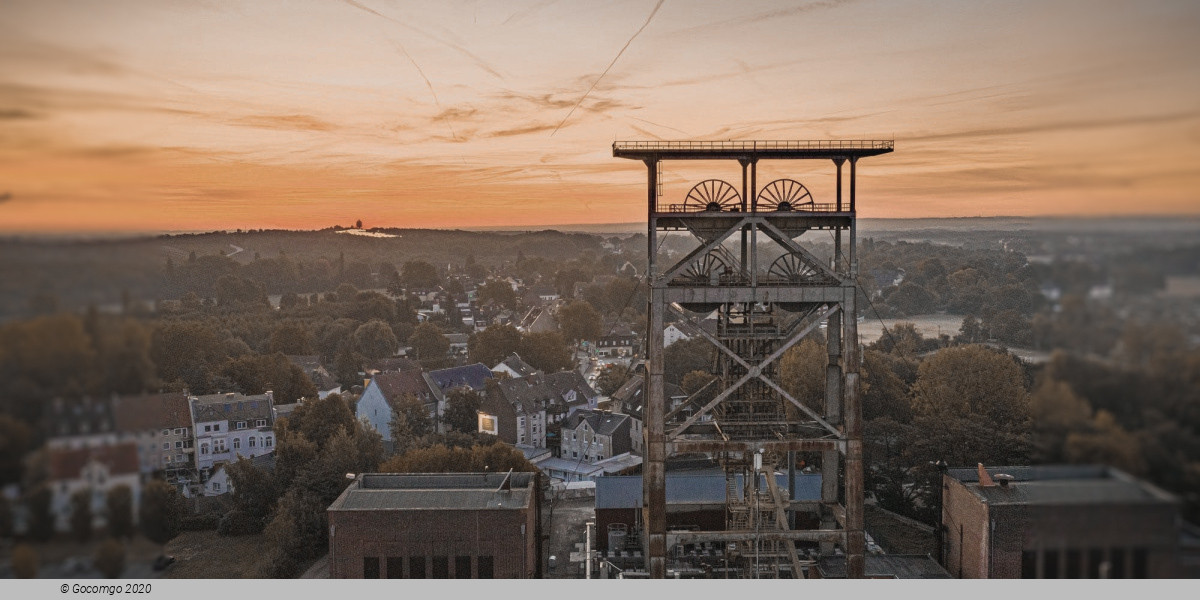Ruhr region

The Ruhr region is a polycentric urban area in North Rhine-Westphalia which consists of several large cities bordered by the rivers Ruhr, Rhine and Lippe. It is the largest urban area in Germany and among the largest areas in Europe.During the Middle Ages the Ruhr area was crossed by an important trade route, the Hellweg, and all the important cities were concentrated along this route. In the 19th century the region developed to an urbanized industrial area and became quickly famous for its almost 300 coal mines.
By 1870 the new coal-mining district had become the largest industrial region of Europe. During World War II the region was heavily bombed devastating most of it. Since 1945 the area first developed traditional heavy industry and moved then to service industries and high technology. In 2010 the Ruhr region was one of the European Capitals of Culture. In the Ruhr region you can follow the Industrial Heritage Trail and explore the old coal mines in the industrial museums. Discover its most important cities as Dortmund, Duisburg, Essen and Bochum and visit its numerous cultural institutions and museums. With more than 50 museums, the region has one of the largest variety of museums in Europe.

